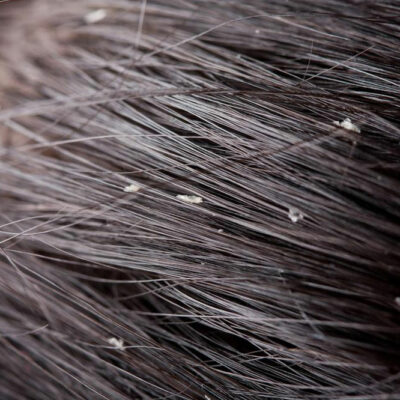
Overactive Bladder – Signs and Treatment Options
Overactive bladder is a medical condition that puts a strain on the bladder, causing urinary problems like increased frequency of urination and frequent urge to urinate, which can also lead to urge incontinence and can be extremely troublesome. Read on to know more about the symptoms and treatments for overactive bladder.
Symptoms of overactive bladder
Before discussing the symptoms and treatments for overactive bladder, it is essential to know more about this condition. An overactive bladder occurs because of the improper functioning of the urinary bladder muscles. This may occur due to infections, effects of some medication, or anything that irritates the bladder. Overactive bladder leads to the following symptoms:
- An urgent need to urinate that is difficult to control and can lead to embarrassing situations
- Increased frequency of urination, which may be more than eight times a day
- Frequently waking up at night to urinate.
- Involuntary dribbling or loss of urine.
Treatment through medication
The first line of treatment for an overactive bladder is prescription medicines to help relax the bladder muscles. This allows the patient to have greater control over the bladder, reducing the frequency and urge to urinate.
Tolterodine, Trospium, and Mirabegron are some of the medications prescribed for people with this condition. These medications may cause dry mouth, constipation, and other such side effects.
Injections as a treatment option
Botox injections are used to help the bladder muscles relax, reducing the symptoms of overactive bladder.
Botox can cause side effects like urinary incontinence and needs to be monitored, but the effects of this treatment can last for around 6 months.
Therapy for treating an overactive bladder
Therapy is also an effective option to treat overactive bladder, and it focuses on helping a patient improve bladder control naturally. Bladder training is a type of therapy that focuses on practicing control of the bladder gradually, and kegel exercises are a great way of doing this. They are pelvic exercises that help improve a patient’s control over the bladder muscles and helps improve control over contraction and relaxation of the pelvic muscles.
Lifestyle changes
Certain lifestyle issues can lead to an overactive bladder, like the consumption of stimulants through coffee, tea, and sodas. In such cases, these foods and beverages must be avoided. Smoking can also worsen the symptoms and must be avoided.
Additionally, being overweight can worsen the symptoms of overactive bladder, so losing weight through exercise and a healthy diet is helpful.
Some people suffer from overactive bladder due to the side effects of medication like diuretics, which may need to be stopped or reduced. They can approach their doctor to reduce the usage of such medicines and prescribe alternative medicines.
Understanding the symptoms and treatments for overactive bladder facilitates early diagnosis and helps an individual understand when to consult a doctor.


